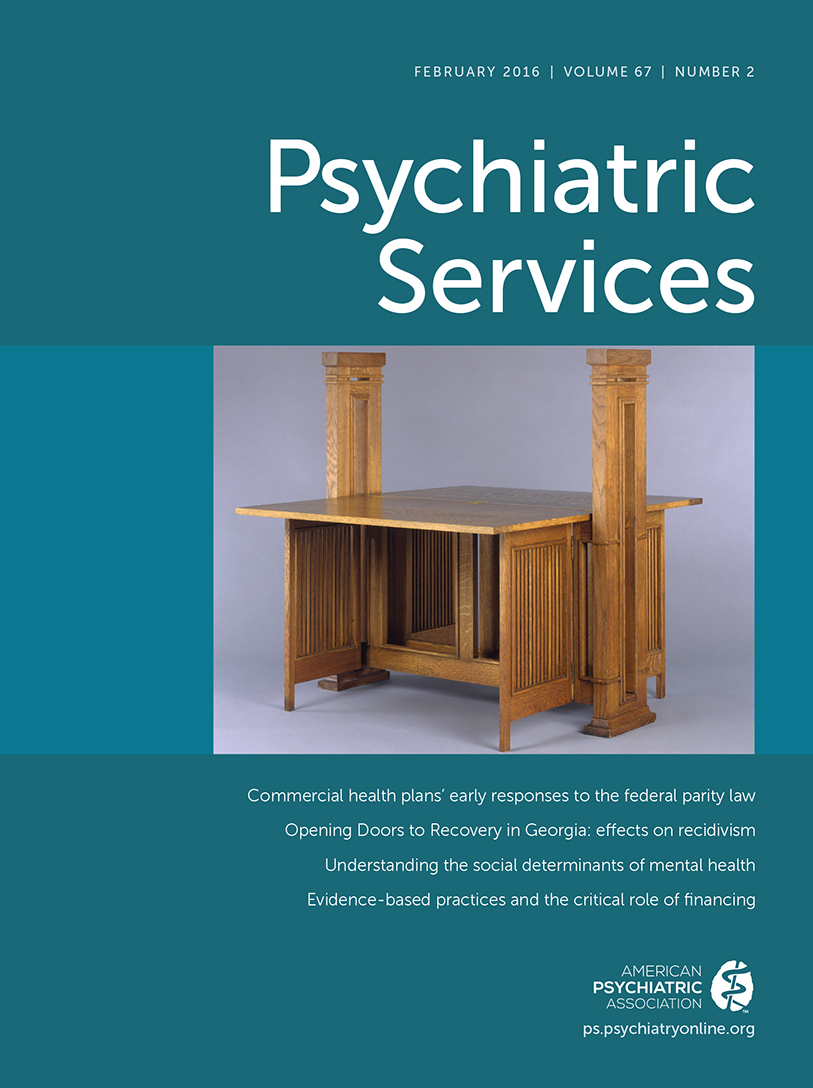The Impact of Psychiatric Practice Guidelines on Medication Costs and Youth Aggression in a Juvenile Justice Residential Treatment Program
Abstract
Objective:
Stakeholders have expressed concern over the appropriate use of psychiatric medications and adequacy of mental health services for youths involved with the juvenile justice system. This study assessed the impact of implementing psychiatric practice guidelines on medication costs and youth aggression in a juvenile justice facility. The study examined whether implementing psychiatric practice guidelines in a facility with an organized psychosocial treatment program would reduce psychiatric medication costs, compared with two other facilities, and whether lower psychotropic medication costs would be associated with increases in youth aggression.
Methods:
Administrative data from three state-run juvenile justice facilities were analyzed to determine psychiatric medication costs and rates of youth aggression. Psychiatric practice guidelines that involved screening, shared decision making, psychosocial treatments, medication prescribing, and monitoring of side effects were implemented in only one of the three facilities, with a goal of applying evidence-based psychopharmacology and benefit-risk considerations.
Results:
Over the ten-year study period (2003–2012), psychiatric medication costs decreased 26% at the facility implementing the psychiatric practice guidelines, whereas costs at the two comparison facilities increased by 104% and 152%. As psychiatric medication costs decreased at the facility implementing the guidelines, youth aggression there did not increase.
Conclusions:
Implementing psychiatric practice guidelines in juvenile justice facilities can reduce psychotropic medication costs without an increase in youth aggression. Implementation of the guidelines requires an organized psychosocial treatment program to help deter an inappropriate focus on psychotropic treatments.



